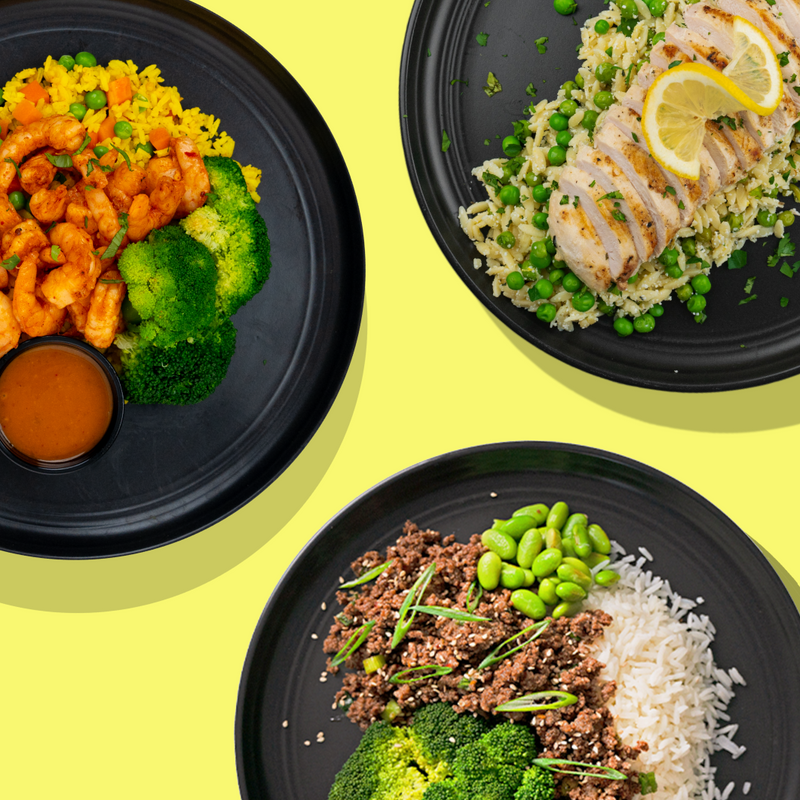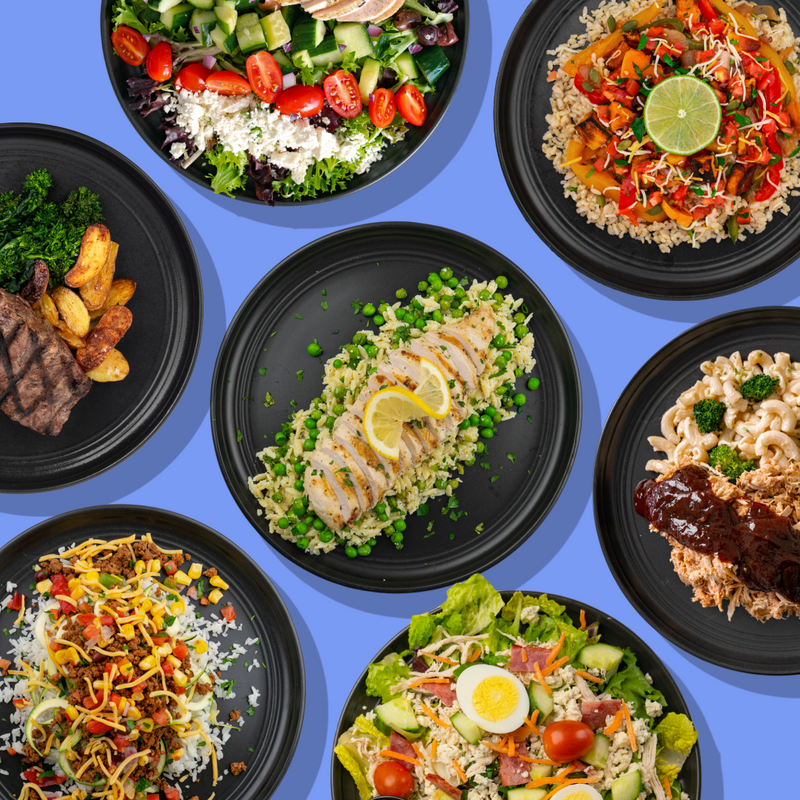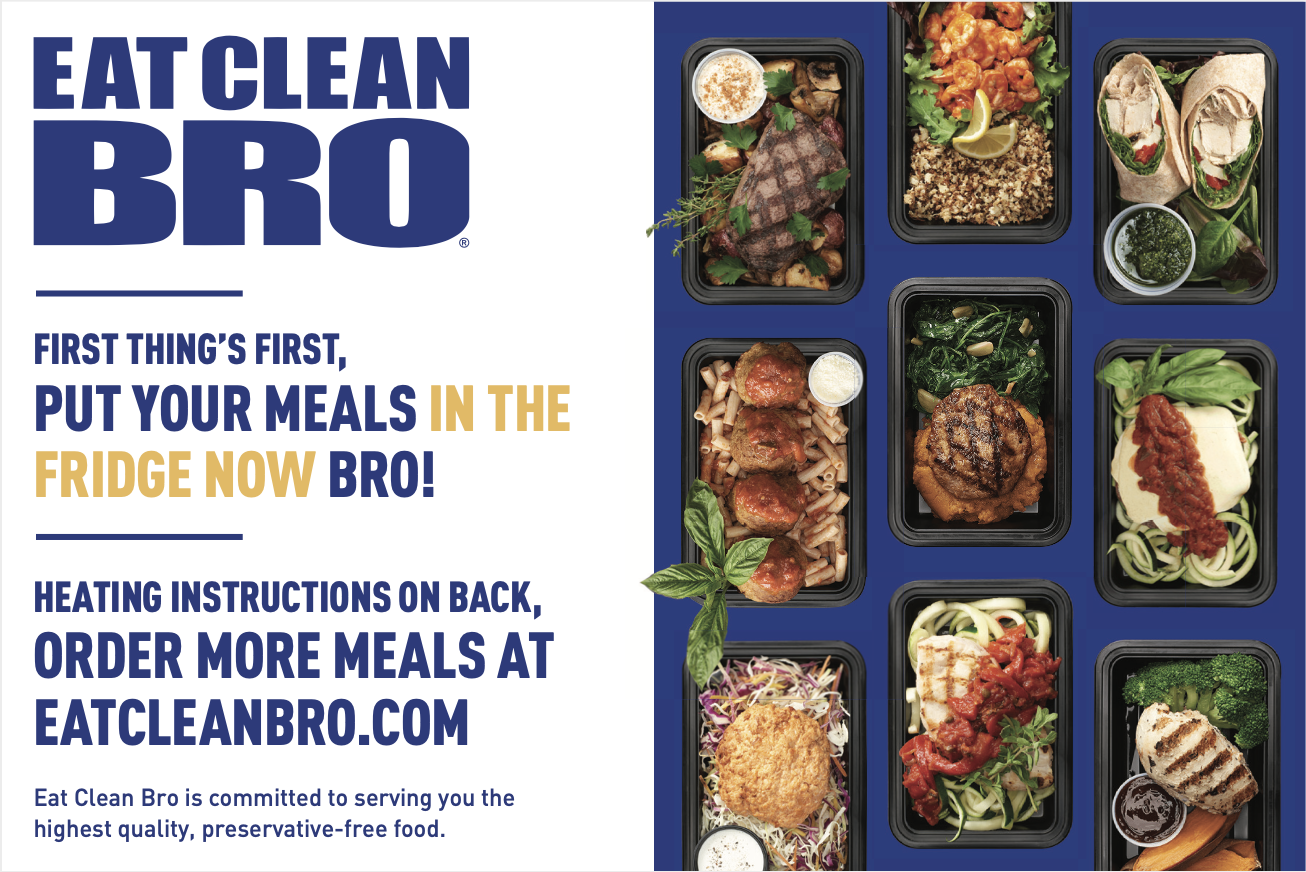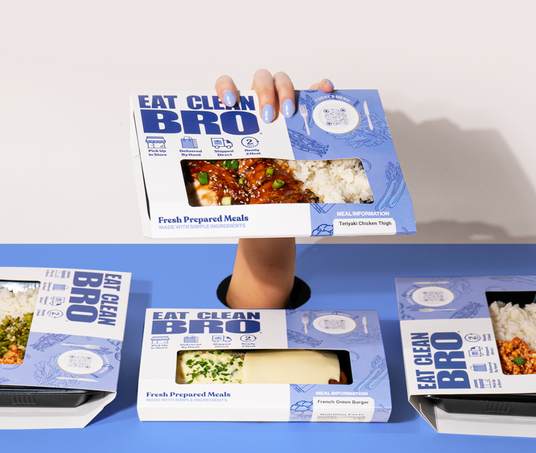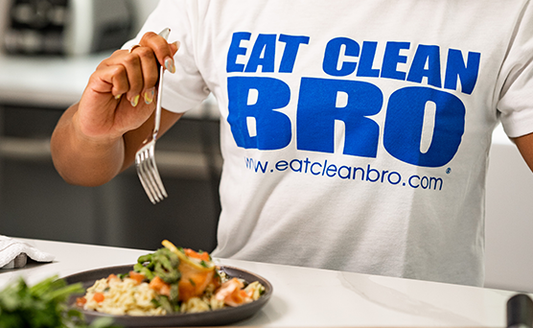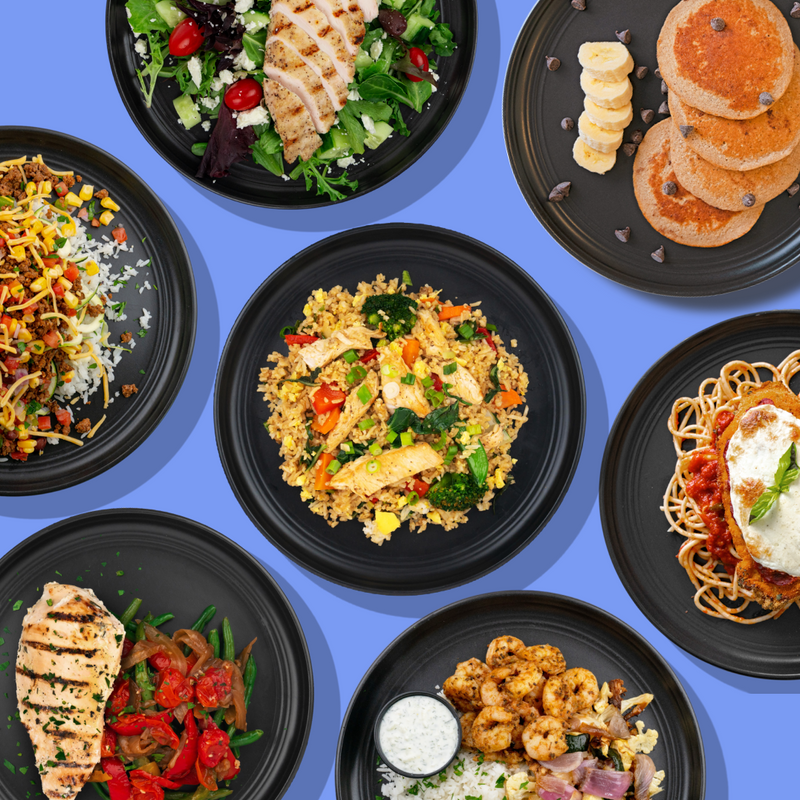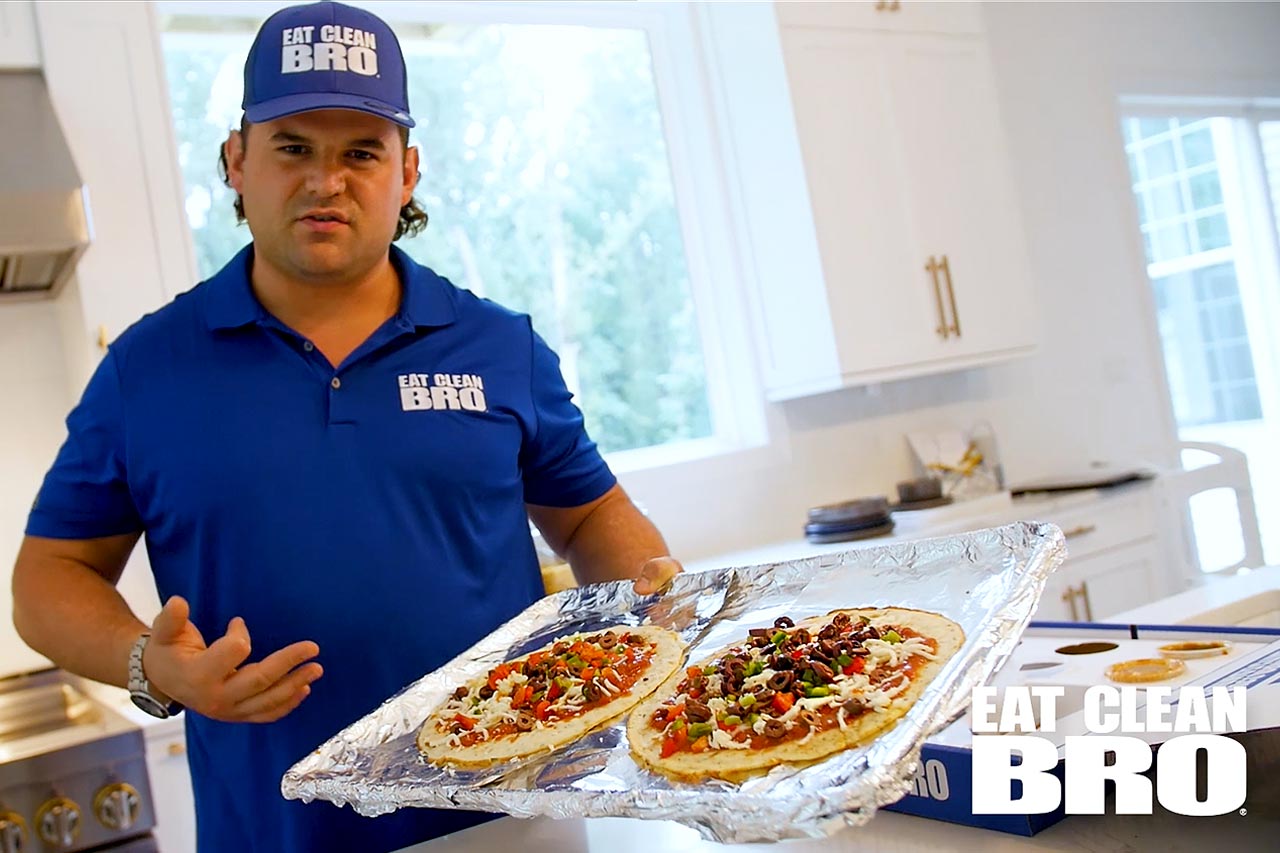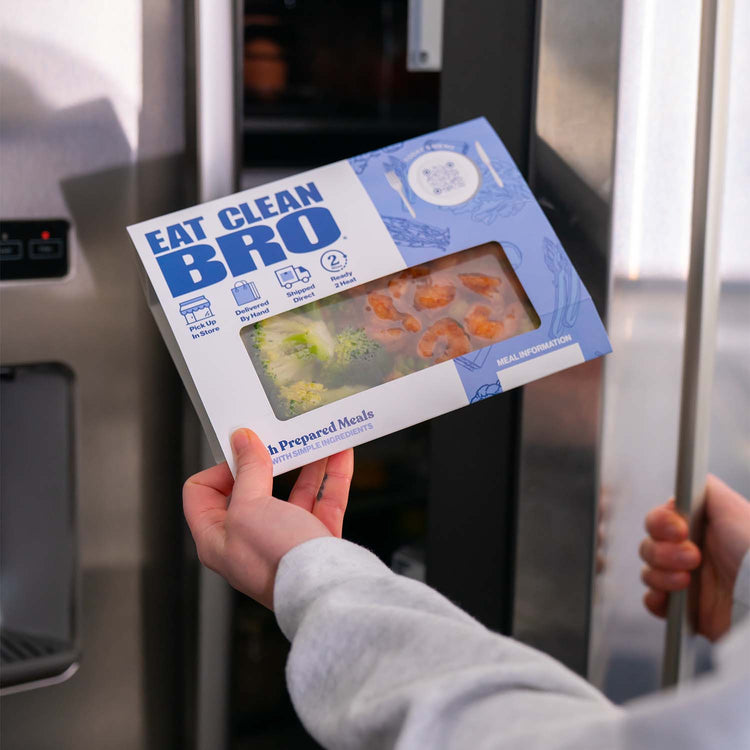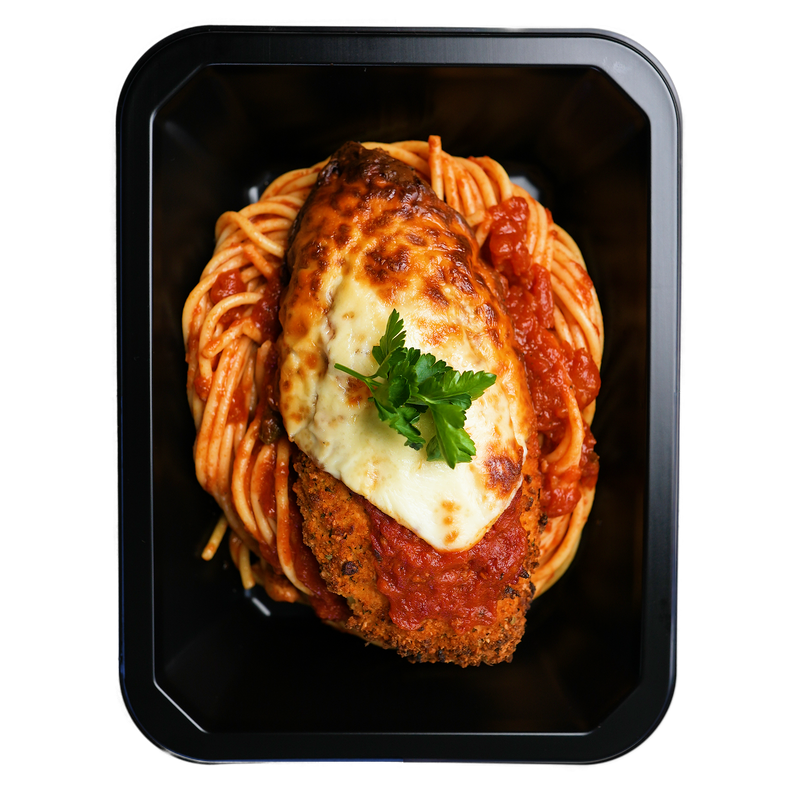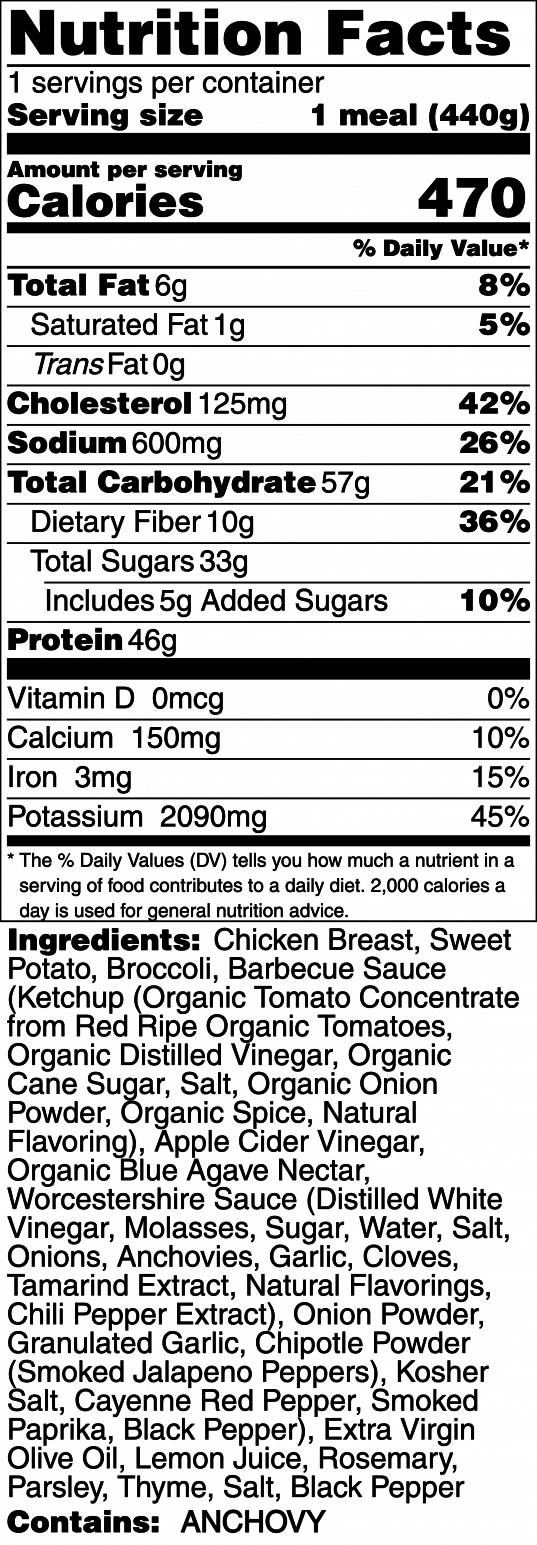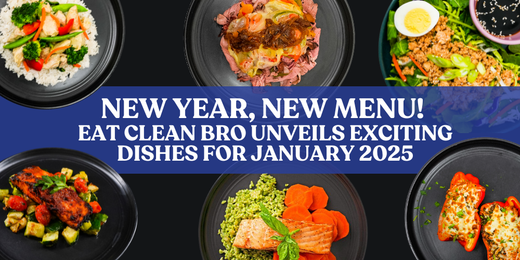Eat Clean Bro Vs Kettlebell Kitchen

The pre-prepared meal delivery service market is a booming industry, promising convenience and health benefits to busy individuals. Two major players in the Northeast, Eat Clean Bro and Kettlebell Kitchen, have carved out significant market share, each boasting loyal customer bases and distinct approaches to healthy eating.
This article examines the strategies, offerings, and customer perceptions of these two competing companies, providing an objective comparison to help consumers make informed choices. Both companies operate on the premise of delivering ready-to-eat meals directly to customers, eliminating the need for grocery shopping and cooking.
Core Offerings and Meal Plans
Eat Clean Bro, founded in 2013, is known for its straightforward, protein-centric approach. Their menu focuses on lean meats, complex carbohydrates, and vegetables, often presented in simple and familiar formats. The company offers a variety of meal plans catering to different dietary needs and fitness goals, including options for weight loss, muscle gain, and general healthy eating.
Kettlebell Kitchen, established in 2013 as well, emphasizes a more holistic and customizable approach. Their menu includes a wider range of ingredients and flavors, incorporating global cuisines and catering to specific dietary restrictions, such as paleo, keto, and vegan. They allow customers to build their own meals by selecting individual proteins, carbohydrates, and vegetables, promoting greater control over nutritional intake.
Pricing and Delivery
Pricing structures vary between the two companies. Eat Clean Bro generally offers meals at a slightly lower price point, appealing to budget-conscious consumers. They have a wider delivery range in the Northeast, covering areas from New Jersey to Massachusetts.
Kettlebell Kitchen tends to have a higher per-meal cost, reflecting its emphasis on premium ingredients and customizable options. Their delivery area, while substantial, may be more limited in certain regions compared to Eat Clean Bro.
Customer Perception and Marketing
Eat Clean Bro has cultivated a strong brand identity through aggressive marketing and social media engagement. Their messaging often focuses on achieving fitness goals and maintaining a disciplined lifestyle. They frequently partner with fitness influencers and athletes to promote their products.
Kettlebell Kitchen, on the other hand, tends to focus on the quality of ingredients and the nutritional benefits of their meals. Their marketing emphasizes the convenience of healthy eating and the importance of fueling the body with wholesome foods. They also highlight their commitment to sustainable practices.
"We strive to provide our customers with the highest quality ingredients and the most convenient way to achieve their health goals," says [Hypothetical Spokesperson Name], a representative from Kettlebell Kitchen.
Nutritional Information and Transparency
Both companies provide detailed nutritional information for their meals, allowing customers to track their calorie intake and macronutrient ratios. Eat Clean Bro typically presents this information in a clear and concise format, focusing on the key metrics of protein, carbohydrates, and fats.
Kettlebell Kitchen offers more granular nutritional data, including micronutrient profiles and detailed ingredient lists. This level of transparency appeals to customers who are highly conscious of their dietary intake and potential allergens.
Potential Impact and Future Trends
The competition between Eat Clean Bro and Kettlebell Kitchen has driven innovation in the pre-prepared meal delivery market. Both companies are constantly evolving their menus, delivery options, and marketing strategies to attract and retain customers.
The increasing demand for convenient and healthy food options suggests that this market will continue to grow in the coming years. Consumers are seeking ways to simplify their lives while maintaining a focus on their well-being. Both of these companies are well positioned to capitalize on this trend. The ability to adapt to evolving dietary preferences and consumer demands will be crucial for long-term success in this competitive landscape.

